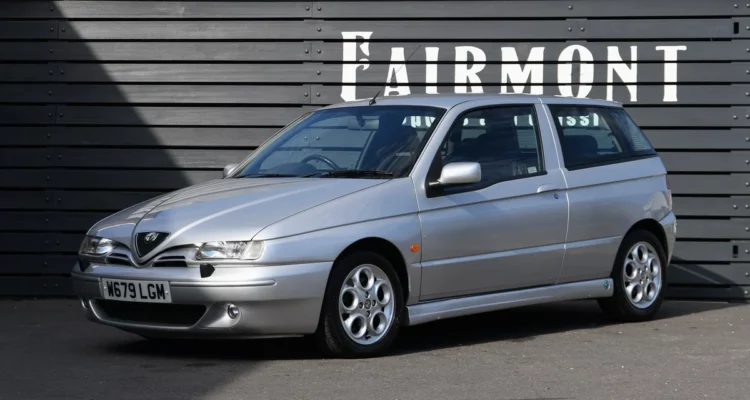Swind E – Classic Mini goes back to the future
It’s a classic Mini with an electric powertrain, what else were we going to call it?
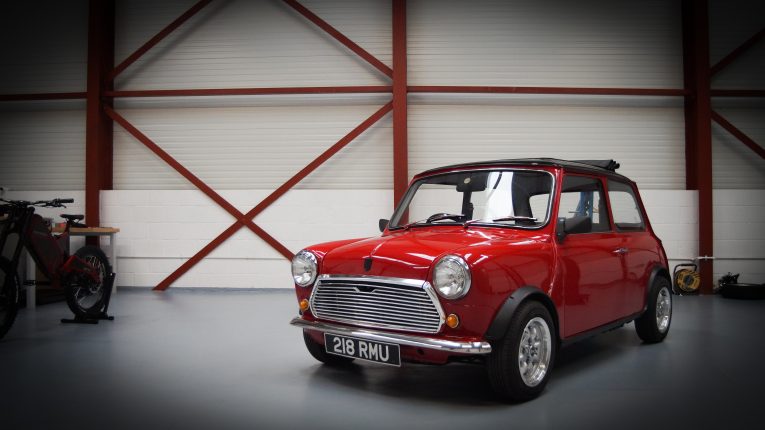
The electric vehicle or EV train has well and truly pulled into the station. We’ve got Musk firing them into space, we’ve got big manufacturers making them mainstream with the likes of the Renault Zoe and the Nissan Leaf, and service stations and shopping centres everywhere are sprouting charging points faster than Alan Titchmarsh’s garden sprouts daffodils. Yes, we live in an age where the electric car is commonplace. But what does that mean for the classic car?
As it happens, with the right vision and more importantly, the right people, the classic car has a very valid space within the developing EV landscape. Something the Swind E Classic proves with aplomb. It’s a Mini, Jim, but not as we know it.
Who are Swind?
Before we get to the E Classic, we should probably talk about the company that builds it, namely Swind. Or, to be more accurate, Swindon Powertrain, of which Swind is the consumer arm. Swindon Powertrain has been around since the early ‘70s and in that time, it’s become something of a ‘go to’ name in the world of motorsport. The company specialises in cutting-edge design and engineering, as well as engine building and testing. Ever watched the British Touring Car Championship? Ever hear Tim Harvey talk about NGTC engines? Swindon Powertrain makes them. In fact, it has, care of its engines, over 60 wins to its name. The only teams that don’t use their engines are BMW, Honda and Motorbase. Everyone else? Swindon Powertrain is under the bonnet.
But what has this got to do with electricity? Well, quite simply, Swindon Powertrain is a progressive, forward-thinking company. With that in mind, it’s turned its engineering prowess to voltage as well as combustion.
Its first electric offering was the EB-01, a reimagined motorcross/mountain/electric bike. Lightweight billet frame, suspension with miles of travel, a 15kW hub-mounted motor, oh yes, it’s quite a bit of kit. It served to confirm to Swindon Powertrain that it could indeed dabble in the dark art of electricity, and with it, the consumer arm of Swind was born.
Okay, so what’s the story with the Mini?
While there’s no doubt that the car we see here is the result of a lot of hard work from the team at Swind, the genesis for this project came from the company’s managing director, Raphael Caillé. He wanted Swind to push its abilities and create something that would show EV technology in a new light, he wanted something that would appeal not only through its environmental credentials, but also because people would simply fall in love with it. And if you’re going to fall for a car, you can’t go far wrong with a classic Mini.
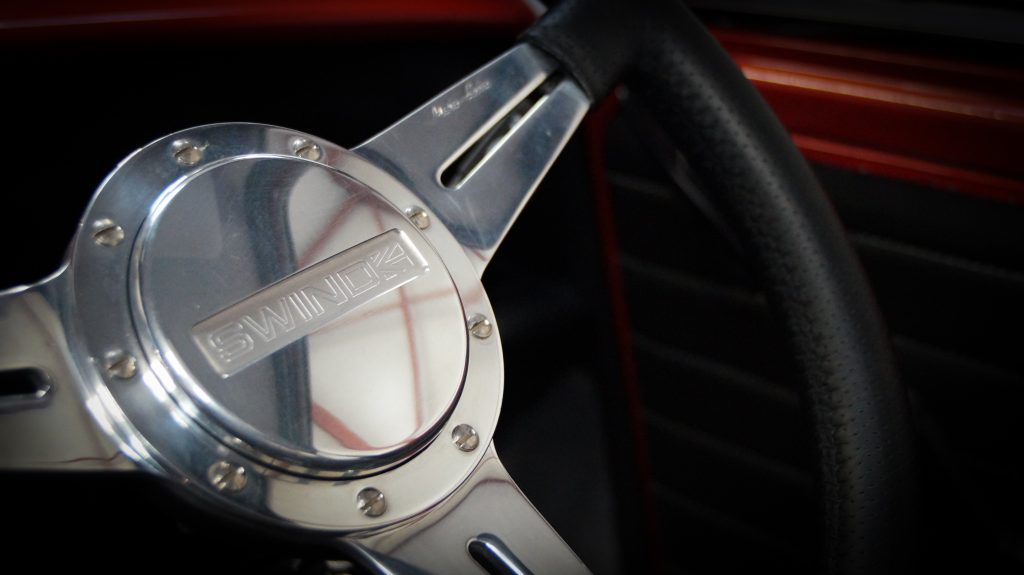
It just looks like a Mini though, right? It’s not an actual Mini?
We asked this very question. You can go out and buy a brand-new Mini shell and all the shiny bits that go with it, so we assumed that’s what Swind had done. We assumed incorrectly. This isn’t a facsimile of a Mini, it’s the real deal. It started life as a 998cc before being scooped up by Swind. And that, to us, give the project so much credibility.
The EV brigade is quick to badmouth combustion cars, especially older ones. What they fail to identify is that it takes a huge amount of effort and resources to make a car in the first place, irrespective of its means of propulsion. Metal, paint, fabrics, wires, oils etc, they all leave a carbon footprint in the coming together that is car construction. Therefore, a 30-year-old petrol car is better for the environment than a new electric one. Why? Because it has capitalised on its production effort for three decades.
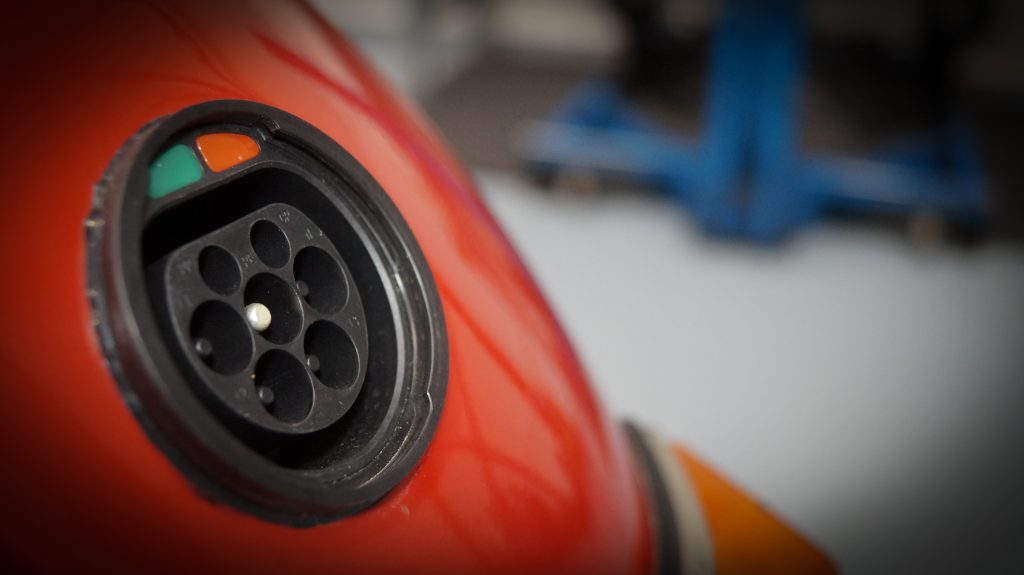
So, on that basis, the Swind E Classic is a carbon offsetting force to be reckoned with. The effort that went into making it decades ago wasn’t in vain. It’s not a scrap yard statistic – it’s still a car. But its belching, polar bear choking A Series engine is gone in the name of clean electricity. The future doesn’t lie just with new stuff, it needs us to maximise our use of old stuff, too. And this car does exactly that. Clever.
But what does it drive like? Is it still a classic Mini?
In a word, yes. Swind took the engine and gearbox out as well as the fuel tank, but that’s about it. The rest is all factory kit. Chassis, subframes, suspension, brakes, steering – it’s all classic Mini. That means it drives like a classic Mini. Or, dare we say, it drives even better.
When you get in it’s all very familiar. The only big change is the addition of a, admittedly somewhat intrusive, tunnel. This is a requirement though, as it’s part of the ‘T’ arrangement of the nine battery packs (the others are under the rear seat). This tunnel also plays host to the handbrake and the shifter. Other than that, though, it’s all classic Mini, right down to the single dial in the middle of the dash.
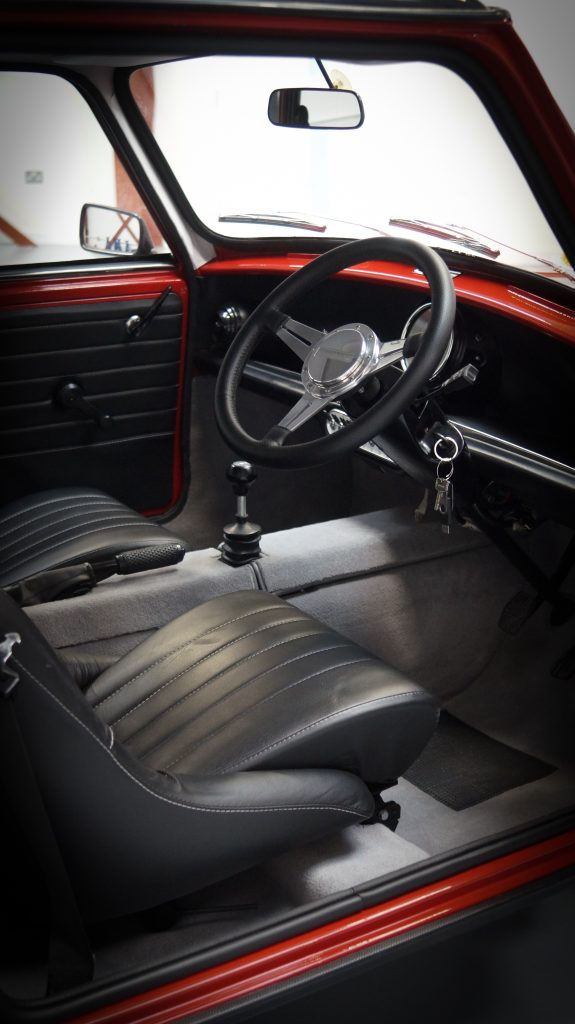
It all comes home when you turn the key. As you crank it into ‘ignition’ the speedo needle makes a theatrical sweep around the dial and back. Then the inset modern details light up, hinting that all is not as it seems. And then that’s it. No engine noise, obviously. You nudge the shifter forward and then press on the accelerator and then, well, then all hell breaks loose. In a good way.
The original Mini was not a powerful car. It had about three bhp on a good day. The E Classic has the equivalent of 107bhp care of its 24kWh battery and 80kW motor. And being electric, it’s there immediately. Put your foot down and the E Classic makes an agile dash for the horizon. And brilliantly, thanks to the electric motor’s power being delivered to the front wheels by the same drive-shafts that did it back in the car’s petrol days, it still feels like a Mini. Albeit a very fast one. That doesn’t make much noise. If you can drive this without giggling like a child, there’s something wrong with you.
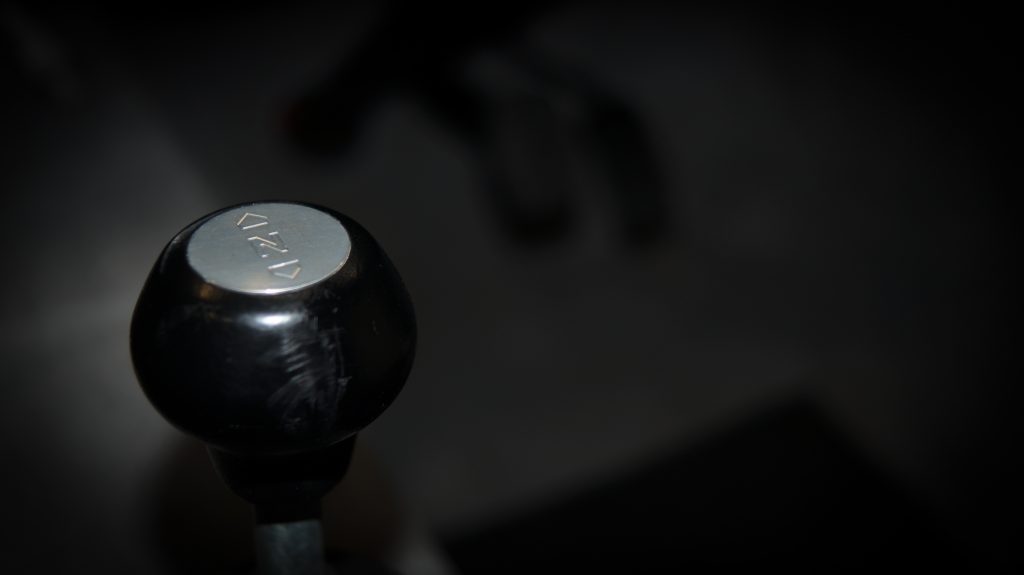
Of course, this is, technically speaking, an automatic (or rather CVT – constant variable transmission) so there are no gears to worry about. And the E Classic also capitalises on regenerative braking, which is a feature still being perfected by the technicians at Swindon Powertrain – as it stands it’s quite a harsh transition from being on the power to not. But on the positive side, it means you barely need to use the brakes.
Sounds fun, but I bet it’s expensive?
This is indeed the elephant in the room. And it’s a big elephant, because the Swind E Classic is not, by any stretch of the imagination, cheap. In fact, it comes in at £79,000. That’s a lot of money. But before you scoff in derision, you have to consider that this is a proof of concept. It’s not something for mass-production. It’s been built to show it can, and if people want to buy it, they can. The team at Swind aren’t going to force you to. This is a car, remember, that they want you to fall in love with. It’s not a car to be sold under strict targets to anyone who walks through the door. It’s not going to be for everyone, and Swind are fine with that.
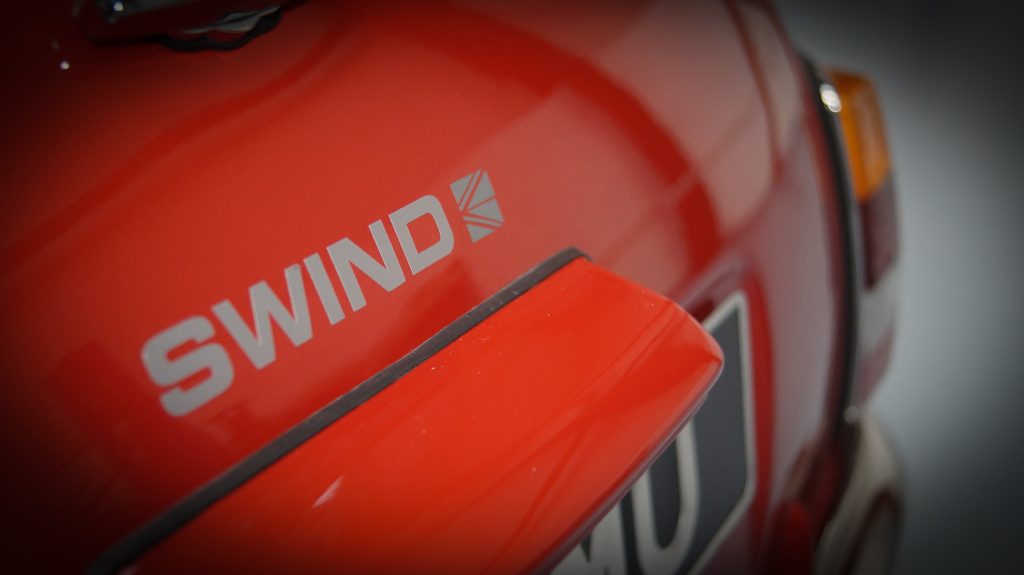
For those who do like it though, they’re in for a treat. There is an endless level of customisation available (this is a classic Mini after all), the support from Swind will be second to none, and the cool factor is quite simply off the charts. As an urban runabout, there is little else out there as cool as the E Classic. Renault Zoe? No thanks. Classic Mini with zero emissions, yes please.
So yes, it is costly, but rather than be annoyed by that, instead be happy that Swindon Powertrain has done it. It’s companies like this, with passion and vision, that set the trends. Others have converted classics to electric, but few have done it with such engineering and design, yet without losing the car’s soul. That’s special.
Standard features
- Lithium Ion battery containing 24kWh of energy and electric motor producing 80kw of power (the equivalent of 110bhp)
- Fully charged in four hours via a female Type 2 connector (Fast charging option available)
- Range of 125 miles (200km) with regenerative braking system
- Top speed is 80mph (130km/h)
- 0 to 60mph (0-100km/h) in 9.2 seconds
- 30-50mph (50- 80 km/h) acceleration time of 4.3 seconds helps the Mini offer punchy overtaking
- GVW of 720kg (increase of 80kg from starter car)
- Improved weight distribution (57 per cent/43 per cent compared to 68 per cent/32 per cent of the original car)
- With the petrol tank no longer required, boot space is increased to 200 litres
- Standard features include USB charging ports, underfloor heating, heated leather seats and front and rear windscreen
- Options include infotainment and sat-nav system, power steering, a full-length sliding fabric roof, air conditioning, performance tuning packs and bespoke paint colours
- Choice of six standard colours with a contrasting roof
For more information visit www.swind.life

